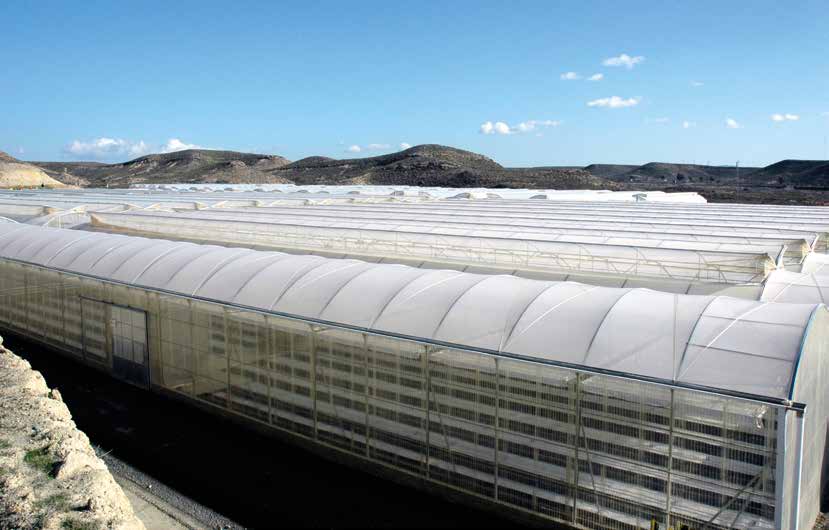El futuro de la agricultura protegida sostenible en Almería
2017 - Vol III

Este artículo realiza un amplio análisis sobre la realidad
presente, los antecedentes históricos y las expectativas de
futuro de la agricultura protegida sostenible en Almería,
que ocupa unas 30.000 hectáreas de cultivo y produce
unos 3,6 millones de toneladas anuales de diferentes hortalizas.
El autor concluye el este modelo de agricultura
tiene futuro siempre que, entre otras cosas, sea capaz de
poner a disposición del consumidor los parámetros ambientales
de los alimentos que produce, tales como huella
hídrica y huella del carbono. Otros factores decisivos serán
la gestión del agua, la revisión de los medios de transporte,
mejorar la eficiencia de las instalaciones y ampliar la
gama de productos que actualmente se producen.